Did you know that 79% of B2B marketers say their campaigns directly impact lead generation and revenue growth?
Whether you're just beginning your journey or seeking to enhance your marketing efforts, implementing the right strategies can open up significant opportunities for your business's growth.
In this guide, we’ll explore 10 B2B marketing campaigns that have successfully boosted leads and revenue for top brands.
From crafting compelling messages for most successful campaigns to leveraging multi-channel strategies, you’ll gain actionable insights to fuel your success. Ready to discover how industry leaders like HubSpot and Salesforce get it right?
What is a B2B Marketing Campaign?
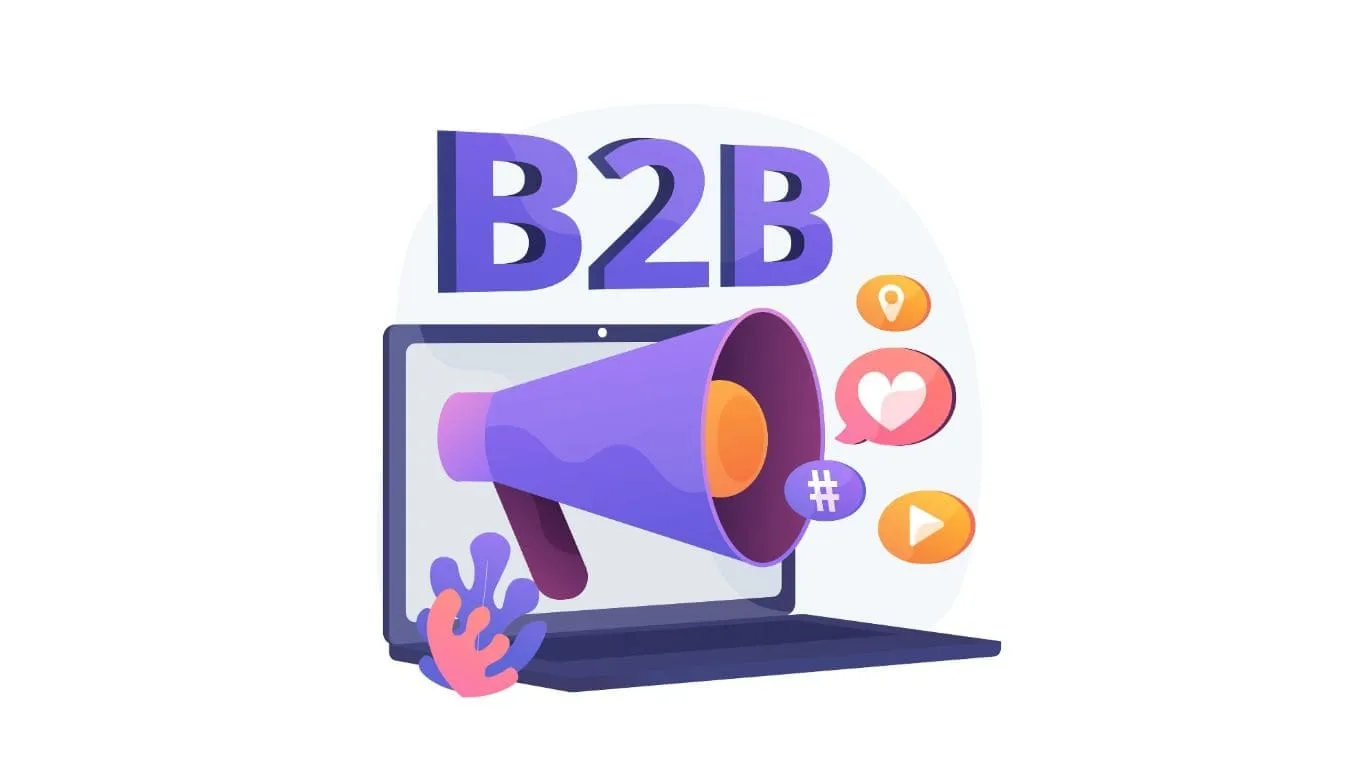
A B2B marketing campaign is a marketing strategy, that helps businesses sell their products or services to other businesses. It involves specific steps, like identifying your target audience, creating content, and using different marketing channels. These campaigns aim to attract potential customers and build strong relationships.
Why B2B Marketing Campaigns Matter
1. Drive Lead Generation and Business Growth
Business-to-business marketing campaigns bring in new leads. More leads mean more chances for business owner to grow . For example, email marketing campaigns can increase lead generation by 50% when done right.
2. Build Brand Authority and Trust
These campaigns show your expertise. Sharing relevant content, like case studies, builds trust with your target customers and market. Trust leads to long-term business partnerships.
3. Strengthen Customer Relationships
Good campaigns keep your business connected with existing and prospective customers. Using social media channels or personalized emails helps strengthen these bonds, encouraging repeat business.
4. Adapt to Changing Market Dynamics
The business world changes fast. B2B marketing strategies let you stay ahead by adjusting to new trends, like digital marketing or video marketing. This keeps your campaigns fresh and relevant.
B2B Marketing Campaigns vs B2C Marketing Campaigns
Core Elements of a Great B2B Marketing Campaign

1. Define Clear Objectives
Every successful B2B marketing campaign starts with well-defined objectives. Without them, it’s like driving without a destination.
Clear goals help your team stay focused and track progress effectively. For example, a campaign might aim to increase leads by 30% within six months.
Why It’s Important: Provides direction to your marketing efforts. Ensures measurable outcomes, like better ROI or increased engagement.
How to Implement
- Set SMART goals: Specific, Measurable, Achievable, Relevant, and Time-bound.
- Example: “Generate 500 new leads through email marketing by the end of Q3.”
- Regularly review your progress to make adjustments if needed.
2. Understand Your Target Audience
Knowing your audience is the backbone of any great B2B marketing campaign. It’s about understanding who they are, their pain points, and what drives their decisions.
For instance, if your target audience includes decision-makers in small businesses, focus on budget-friendly solutions.
Why It’s Important: Tailors your message to resonate with your audience. Increases engagement by addressing specific challenges.
How to Implement
- Use data-driven insights from analytics tools, surveys, or customer feedback.
- Segment your audience based on criteria like industry, role, or location.
- Example: If your audience spends significant time on LinkedIn, create value-driven content for that platform.
3. Craft a Compelling Value Proposition
A value proposition tells potential customers why they should choose your business over others. It highlights the unique benefits of your product or service. For example: “Cut your team’s workload by 40% with our easy-to-use automation tools.”
Why It’s Important: Sets your brand apart from competitors and clearly communicates the tangible benefits your company offers, such as specific product features.
How to Implement
- Focus on the results your product delivers, not just its features.
- Test your value proposition with a small group to ensure clarity and impact.
- Use it consistently in marketing channels like landing pages, social media ads, and email campaigns.
4. Leverage Multi-Channel Strategies
Multi-channel strategies involve using different marketing channels to reach your target audience. These channels can include email marketing, social media marketing, and digital marketing platforms.
Why It’s Important: Reaches a broader audience. Increases engagement by meeting potential customers where they spend time. Boosts campaign success by diversifying efforts.
How to Implement:
- Use email marketing for personalized messages.
- Post on social media channels like LinkedIn to engage decision-makers.
- Combine paid ads with organic content to maximize visibility.
- Track which channels perform best and adjust your strategy.
5. Create High-Value Content
High-value content provides useful and relevant information to your audience. Examples include blog posts, videos, and case studies.
Why It’s Important: Builds trust with business customers through positive brand experience. Addresses pain points, making your brand a go-to solution. Helps your website rank higher on search engines through search engine optimization (SEO).
How to Implement:
- Identify what your target market wants to learn.
- Create content that answers their questions, such as “How to improve B2B marketing campaigns.”
- Use video marketing to make your content engaging and shareable.
- Include keywords naturally to improve visibility.
6. Measure and Optimize Performance
Measuring performance ensures your campaign is on track. Optimization means making improvements based on data.
Why It’s Important: Helps you see what’s working and what’s not. Saves money by focusing on effective strategies. Increases ROI by refining your approach.
How to Implement:
- Track metrics like clicks, conversions, and engagement.
- Use tools like Google Analytics to understand audience behavior.
- Regularly test elements like email subject lines or ad copy.
- Adjust your marketing plan based on results.
10 B2B Marketing Campaign Examples That Deliver Results
1. HubSpot’s Inbound Marketing Playbook

How it worked: HubSpot created a step-by-step guide on how businesses can attract leads using inbound marketing strategies. They provided free resources like eBooks, webinars, and blog posts. These marketing materials were focused on solving customer pain points while educating potential new customers about HubSpot's marketing tools.
Results: Increased lead generation by 40%. Boosted website traffic by 30% in six months. Built trust among their target audience, leading to higher conversions.
How you can Implement it:
- Create relevant content, such as guides or videos, that answer your audience’s questions.
- Use email marketing to share these resources and drive traffic.
- Focus on educational content that shows how your product solves problems.
2. Salesforce’s “Trailblazer” Campaign

How it worked: Salesforce launched the “Trailblazer” campaign to highlight their community of innovative users. They shared success stories of small business owners and large companies. The campaign used social media marketing, webinars, and case studies to showcase the impact of Salesforce’s tools on businesses.
Results: Engaged over 1 million potential customers. Strengthened brand authority by sharing real-life examples. Increased sign-ups for Salesforce products by 25%.
How you can Implement it:
- Share customer success stories that showcase your product's value.
- Use social media channels like LinkedIn to reach decision-makers.
- Run campaigns that celebrate your customers’ achievements while promoting your services.
3. LinkedIn’s “In It Together” Campaign

How it worked: LinkedIn launched the “In It Together” campaign to connect with professionals and small business owners. They used video marketing to highlight real stories from their platform.
The campaign showed how LinkedIn helps individuals and businesses grow through networking and knowledge sharing. Social media channels and paid ads were key to spreading the message.
Results: Over 10 million video views within the first month. A 30% increase in user engagement across their marketing platform. Strengthened LinkedIn’s brand voice as a hub for business professionals.
How you can Implement it:
- Use social media marketing to share authentic stories about your brand or customers.
- Invest in video marketing to make your campaign relatable and engaging.
- Highlight how your product or service helps target audiences, like small businesses or decision-makers.
4. Dropbox: "Work in Progress" Campaign
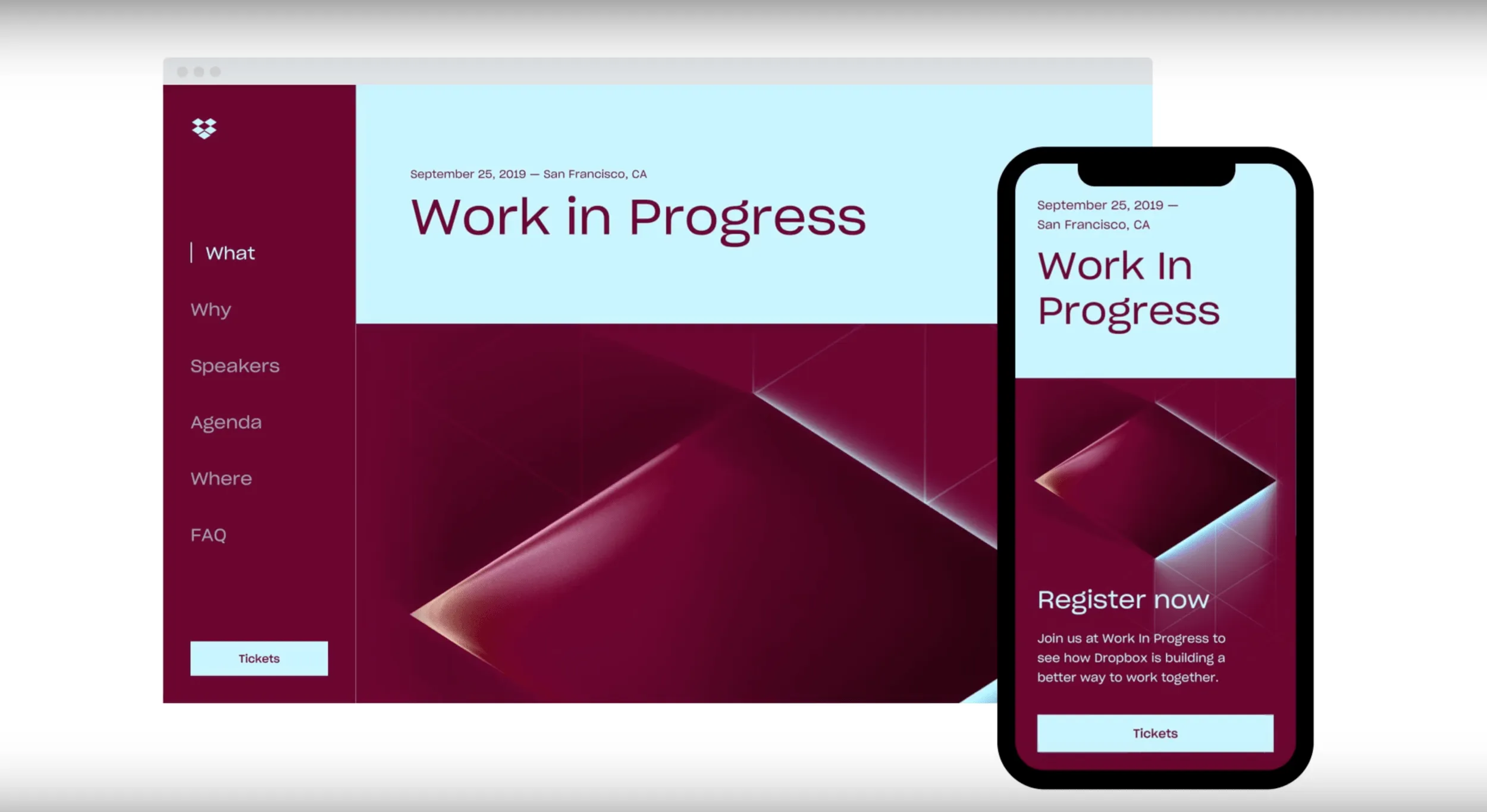
How it worked: Dropbox created the "Work in Progress" campaign to show how their platform supports creativity and collaboration. They featured customer stories, showcasing how businesses used Dropbox to solve problems and grow.
Relevant content, like blog posts and short videos, was shared through email marketing and digital marketing strategies.
Results: Increased Dropbox’s user base by 20%. Boosted email marketing click-through rates by 40%. Positioned Dropbox as a reliable tool for business customers.
How you can Implement it:
- Share customer success stories in blog posts and videos.
- Use email marketing to distribute your campaign materials.
- Focus on addressing the pain points of your target market, such as simplifying teamwork or improving productivity.
5. Slack’s “So Yeah, We Tried Slack...” Video Series
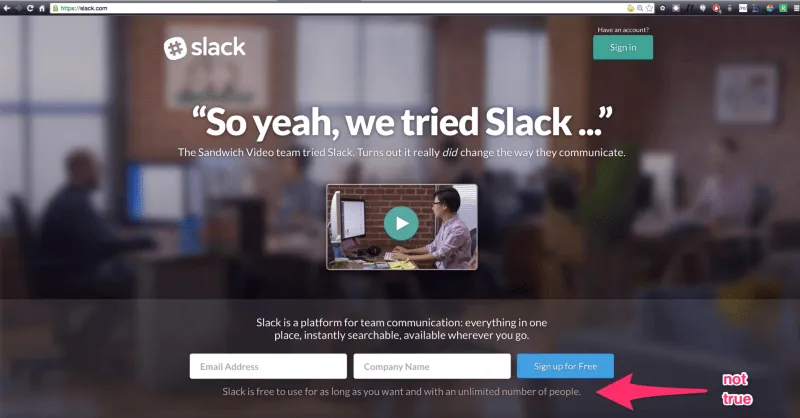
How it worked: Slack launched a humorous video series called “So Yeah, We Tried Slack...” to show how their platform improves workplace communication. The video highlighted real-life challenges like endless emails and missed updates.
It connected with small business owners and decision-makers who wanted efficient communication tools. The successful campaign ran on social media channels and email marketing campaigns to maximize reach.
Results: Over 1.5 million views on the video series in the first month. Boosted Slack’s user adoption rate by 35%. Positioned Slack as a go-to solution for collaboration and productivity.
How you can Implement it:
- Use video marketing to share relatable content that addresses common workplace challenges.
- Promote your videos on social media platforms like LinkedIn or YouTube to target decision-makers.
- Add a personal touch to your messaging to connect with potential customers.
6. Gartner’s Research Reports

How it worked: Gartner created in-depth research reports that provided valuable insights for business professionals. The reports analyzed industry trends, pain points, and solutions. They targeted key audiences like decision-makers and business customers, sharing this content through email marketing and paid ads.
Results: Increased report downloads by 50%. Established Gartner as a trusted authority in the B2B marketing space. Helped business customers make informed decisions using Gartner’s insights.
How you can Implement it:
- Create relevant content like research reports or whitepapers to solve problems for your target market.
- Use email marketing to share these resources with your audience.
- Highlight how your reports address specific pain points to build trust and engagement.
7. Mailchimp’s “Growing Businesses” Campaign
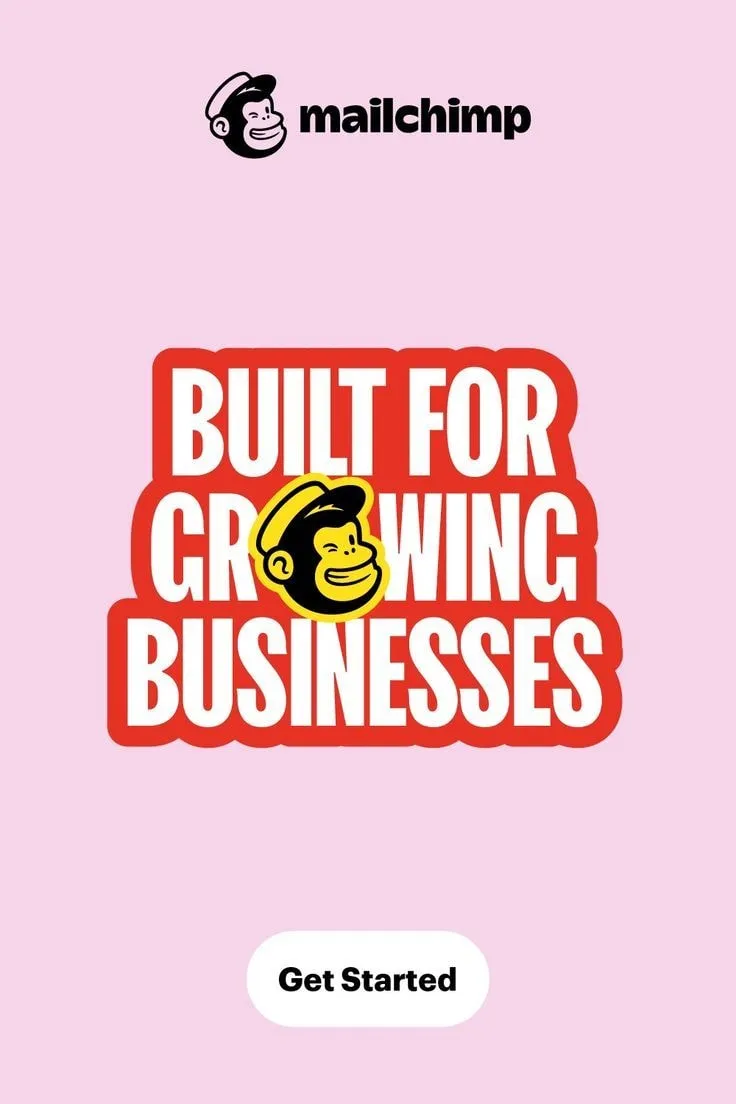
How it worked: Mailchimp launched the “Growing Businesses” campaign to show how their platform helps small businesses thrive. The campaign used video marketing to tell real stories of entrepreneurs overcoming challenges.
They also shared relevant content on email marketing and digital marketing strategies to engage their audience. Mailchimp promoted the campaign through social media channels and targeted paid ads.
Results: Increased small business sign-ups by 25%. Boosted engagement on email marketing campaigns by 30%. Enhanced trust with potential customers by highlighting success stories.
How you can Implement it:
- Use storytelling to show how your product solves pain points for small businesses.
- Share videos and blogs on social media marketing platforms to reach your target audience.
- Combine email marketing and paid ads to promote your campaign effectively.
8. Adobe’s “Experience Makers” Campaign
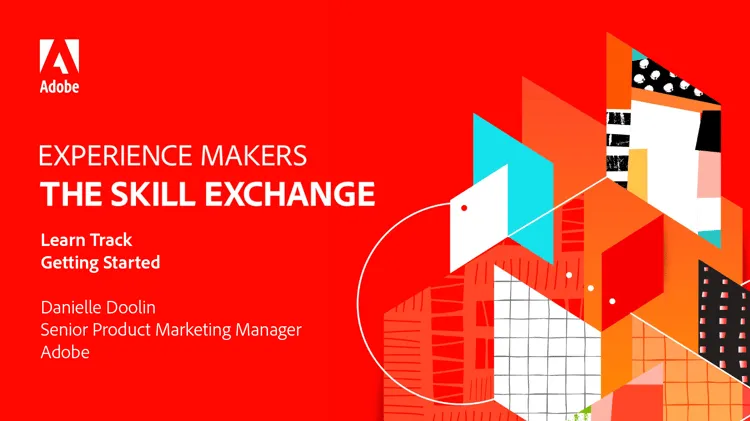
How it worked: Adobe launched the “Experience Makers” campaign to inspire business professionals to innovate using Adobe tools. The campaign focused on the decision-makers in various industries, offering webinars, research reports, and personalized marketing efforts. Adobe used relevant video content to highlight how their platform enhances the customer journey.
Results: Attracted over 500,000 webinar attendees worldwide. Increased Adobe’s digital marketing solutions revenue by 15%. Built stronger connections with decision-makers across industries.
How you can Implement it:
- Offer educational content like webinars or research reports to demonstrate your expertise.
- Target decision-makers with personalized marketing campaigns.
- Use digital marketing and email marketing to distribute your materials and engage your audience.
9. Microsoft’s AI-Powered “Empowering Innovation” Campaign

How it worked: Microsoft launched the “Empowering Innovation” campaign to show how their AI tools help businesses solve problems and innovate. The campaign highlighted real-life examples of how companies used Microsoft AI to save time and improve processes.
They used video marketing, various social channels, media marketing, and email campaigns to reach business professionals, individual consumers and decision-makers.
Results: Increased product awareness among potential customers by 40%. Boosted engagement across social media channels by 50%. Helped establish Microsoft as a leader in AI-powered solutions for businesses.
How you can Implement it:
- Use video marketing to show how your product solves real-world problems.
- Target decision-makers with email campaigns that include relevant content and success stories.
- Focus on explaining how your solutions address pain points in your target market.
10. Google’s “Think With Google” Platform
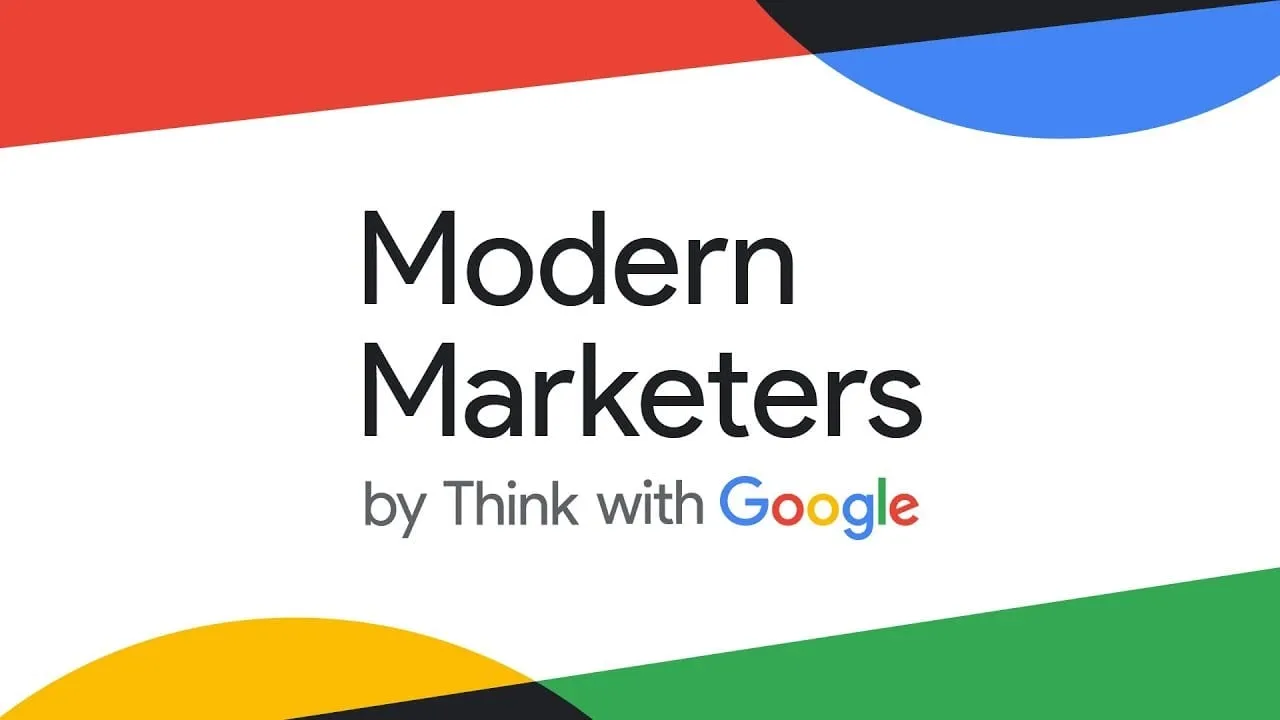
How it worked: Google created the “Think With Google” platform to provide valuable insights and resources for marketers. The platform offers tools, research, and case studies to help businesses improve their digital marketing strategies. Google promoted the platform using search engine optimization, email marketing, and social media channels.
Results: Attracted millions of marketers and business owners worldwide. Increased adoption of Google’s marketing tools by 35%. Became a trusted source for digital marketing insights.
How you can Implement it:
- Share high-quality, relevant content that addresses the needs of your target audience.
- Use SEO and social media marketing to drive traffic to your platform or website.
- Offer tools and resources that help businesses improve their strategies, such as templates or case studies.
"Scale Your Campaigns with Ease Using Alore’s Warm-Up and Drip Tools! Click to Know More"
Proven Strategies from Top B2B Campaigns

1. Hyper-Personalized Messaging
Hyper-personalized messaging tailors your marketing efforts to each target customer. It involves using data like customer preferences, behaviors, and demographics to create messages that feel personal and relevant.
Customers are more likely to respond when they feel understood. Research shows that personalized emails deliver 6 times higher transaction rates than generic ones. For B2B marketing campaigns, understanding the target market is critical for building trust and improving engagement.
How to Implement It:
- Use email marketing tools to analyze customer behaviors and segment your audience.
- Create relevant content for each segment, such as targeted case studies or product demos.
- Personalize subject lines and greetings in emails to grab attention.
- Use marketing channels like social media to engage directly with your audience based on their interests.
"Achieve 50% Higher Engagement with Alore's Personalized Outreach! Sign Up Now"
2. Leverage Account-Based Marketing (ABM)
Account-Based Marketing (ABM) focuses on creating customized campaigns for specific companies rather than targeting a broad audience. This approach to brand positioning is ideal for decision-makers in B2B marketing.
ABM increases efficiency by concentrating on high-value accounts. It aligns your sales and marketing teams, leading to better results. Companies using ABM see a 208% increase in marketing revenue, according to a report by ITSMA.
How to Implement It:
- Identify potential customers or target companies that align with your product or service.
- Use digital marketing tools to research their business needs and challenges.
- Develop personalized campaigns, such as webinars or whitepapers, that address their specific pain points.
- Coordinate your marketing team and sales team to maintain consistent communication with decision-makers.
3. Leverage LinkedIn
LinkedIn is one of the most powerful social media marketing platforms for B2B campaigns. It allows you to connect with business professionals, share valuable insights, and promote your professional services together.
With over 900 million users, LinkedIn is a goldmine for reaching decision-makers and business professionals. It helps you build credibility and engage directly with your target audience.
How to Implement It:
- Create a strong LinkedIn profile for your business with a clear brand voice.
- Share valuable insights and content marketing pieces, such as articles, videos, and case studies.
- Use LinkedIn’s paid ads to promote your campaigns to specific industries or job roles.
- Engage with your audience by responding to comments and joining relevant LinkedIn groups.
4. Use AI and Automation for Efficiency
AI and automation help businesses run marketing campaigns faster and more effectively. These tools can handle repetitive tasks like sending emails, scheduling posts on social media, and analyzing customer data.
AI and automation save time for your marketing team. They also help create personalized experiences for potential customers. According to a study, businesses using AI see up to a 40% increase in efficiency.
How to Implement It:
- Use email marketing tools to send personalized campaigns to your target audience.
- Try AI-powered tools like chatbots to respond to customer questions 24/7.
- Automate social media marketing by scheduling posts and tracking engagement.
- Analyze data with AI to understand your customers’ pain points and preferences.
5. Do Collaborative Webinars
Collaborative webinars involve one business teaming up with other businesses or industry experts to host an online seminar. These webinars educate your target market about solutions to their challenges.
Webinars build trust and position your business as an authority. They also help you reach new audiences through your collaborators. Studies show that 73% of marketers believe webinars generate high-quality leads.
How to Implement It:
- Partner with businesses that share your audience but don’t directly compete with you.
- Choose topics that address common pain points for potential customers.
- Promote your webinar on various marketing channels like email and social media.
- Collect attendee data during registration to nurture leads after the event.
6. Aligning Sales and Marketing Teams
Aligning sales and marketing teams means ensuring both departments work toward the same goals. This approach improves communication and creates a smoother process for generating leads and converting them into customers.
When sales and marketing work together, your campaigns become more effective. Research shows that aligned teams can generate 208% more revenue.
How to Implement It:
- Schedule regular meetings between sales and marketing teams to share insights and set shared goals.
- Use tools like CRM platforms to track customer journeys and share data across teams.
- Create a clear plan for how leads move from marketing efforts to sales follow-up.
- Provide joint training sessions to ensure both teams understand the target market and messaging.
7. Experimentation with Emerging Tech
Experimenting with emerging tech means using new tools and technologies to improve your marketing campaigns. This could include artificial intelligence (AI), virtual reality (VR), or blockchain.
Emerging technologies help businesses stand out. They offer creative ways to engage your target audience. For example, 70% of marketers believe AI helps improve customer engagement, according to recent studies.
How to Implement It:
- Test AI tools to analyze customer data and create personalized email marketing campaigns.
- Use VR to create immersive experiences that let potential customers explore your products.
- Try blockchain for secure and transparent marketing efforts, such as verifying digital ads.
- Keep an eye on new marketing channels where your audience is most active.
The Role of Social Media Marketing in B2B Campaigns
Social media plays a vital role in B2B marketing campaigns, helping businesses connect with their target audience, build relationships, and share valuable insights. Platforms like LinkedIn and Twitter are essential for digital marketing, offering access to millions of professionals and decision-makers.
Social media is cost-effective and versatile. Platforms like LinkedIn help businesses reach potential customers and share relevant content, such as blogs or videos, to address pain points. Engaging with followers through comments and direct messages fosters trust, while paid ads ensure targeted outreach.
An employee advocacy campaign leverages staff voices to build brand credibility. By focusing on genuine engagement and creating valuable interactions, businesses can use social media as great marketing strategy to strengthen their B2B marketing efforts and drive lead generation.
How to Measure the Success of Your Marketing Efforts

1. Track Key Performance Indicators (KPIs)
KPIs are measurable goals that tell you how well your campaign is doing. Common KPIs include website traffic, email open rates, and ROI.
How to:
- Identify the most important metrics for your campaign, like lead generation or conversion rates.
- Use tools like Google Analytics to track website visits or CRM software to monitor leads.
- Compare current results with past campaigns to see what’s improving.
2. Analyze Conversion Rates
A conversion happens when a potential customer takes an action, like signing up for a demo, buying process, or purchasing.
How to:
- Calculate your conversion rate: (Number of Conversions ÷ Total Visitors) × 100.
- Focus on improving areas where conversion rates are low, like landing pages or call-to-action buttons.
- Use A/B testing to find the most effective messaging.
3. Evaluate Audience Engagement
Engagement measures how actively your audience interacts with your content, like likes, shares, and comments.
How to:
- Check engagement metrics on social media marketing platforms like LinkedIn or Facebook.
- Analyze email engagement, such as click-through rates and replies.
- Use surveys or feedback forms to ask what your audience wants.
4. Assess Customer Lifetime Value (CLV)
Customer Lifetime Value (CLV) is the total money a customer spends on your business during their relationship with you. It helps you understand how valuable your customers are.
How to:
- Calculate CLV by subtracting acquisition costs from the revenue generated by a customer.
- Tools like CRM systems or marketing platforms can help you track this data.
- Focus on retaining high-value customers and offering them additional services or products.
5. Monitor Campaign Attribution
Campaign attribution shows which of your b2b marketing campaigns influenced a sale. This can help you allocate resources wisely.
How to:
- Use analytics tools to track marketing channels that brought in potential customers.
- Create clear attribution models, such as first-touch or last-touch models, to see what worked.
- For example, if an ad on social media marketing leads to conversions, you know where to invest more.
6. Gather Qualitative Feedback
Numbers are important, but hearing directly from your target audience gives valuable insights into mass marketing.
How to:
- Conduct surveys or interviews with business customers.
- Ask about what they liked, disliked, or found confusing in your campaigns.
- Use their feedback to refine your messaging and create more relevant content.
"Discover How Alore Can Improve Your Campaign Metrics Today! Try It Now"

.webp)



.jpg)

.jpg)
